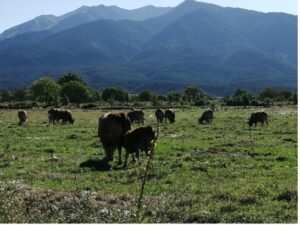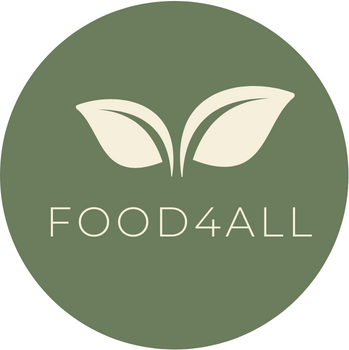Pest problems can escalate out of control if the pest population is allowed to flourish. Pesticides are used to stop a pest from eating or damaging the crop. Pesticides are not the only option for pest management. In fact, they are usually the last option used by organic and conventional farmers! In general, pest control involves a combination of the following farming techniques: cultural, mechanical, biological, genetic, chemical.
|
Cultural |
|
|
Pest management |
Examples |
|
Developed using traditional breeding: Mating of parent plants that pass on resistance genes to their offspring.
Developed using biotechnology: Breeding by precision to introduce new resistance genes into the crop from members of the same species (genetic engineering) or from another species (transgenic engineering).
For example, consider a high density of plant hairs along the stem and leaves of a tomato plant. These hairs reduce the likelihood of insects laying eggs and feeding on the plant. Hairs may also contain natural pesticides. |
|
Mechanical |
|
|
Pest management |
Examples |
|
Tillage: Agitate the soil to remove weeds.
Trapping: Use visual or scented lures to trap insects on sticky sheets or in buckets.
Barriers: Exclude animals with fences. Exclude insects with a fine mesh known as a row cover. Exclude weed growth by covering the soil with plastic or straw mulch.
Removal: Control weeds by pulling them out. Control insects by squishing by hand, brushing into soapy water, or vacuuming. |
|
Biological |
|
|
Pest management |
Examples |
|
Predatory insects: Eat insects smaller than themselves. Beetles and praying mantis are predators.
Parasites: Live in another organism and eat the host’s nutrients. This results in weakness or death.
Pathogens: Microorganisms that cause disease in the pest and lead to weakness or death. |
|
Genetic |
|
|
Pest management |
Examples |
|
Developed using traditional breeding: Mating of parent plants that pass on resistance genes to their offspring.
Developed using biotechnology: Breeding by precision to introduce new resistance genes into the crop from members of the same species (genetic engineering) or from another species (transgenic engineering).
For example, consider a high density of plant hairs along the stem and leaves of a tomato plant. These hairs reduce the likelihood of insects laying eggs and feeding on the plant. Hairs may also contain natural pesticides. |
|
Chemical |
|
|
Pest management |
Examples |
|
Optimal application time: Understand the pest life cycle to apply the chemical when it will be most effective.
Threshold application: Monitor and only spray when the pest has exceeded a pre-determined threshold.
Protective application: Apply fungicides when weather is known to promote fungal growth. |
There is a misconception in the general public that natural chemicals are safe. Natural pesticides are not fundamentally better for us and the environment than synthetic (man-made) pesticides. Consider that one of the deadliest substances known to people is made by a naturally occurring bacteria – it is the botulinum toxin that causes muscle paralysis. It is not the origin of the pesticide that truly matters. It is the toxicity of the chemical that determines its hazard. Toxicity is defined as the ability of a substance to cause injury or illness, and it arises from the chemical makeup. Many natural and synthetic pesticides are harmful in unlawful volumes and can have serious health risks.

Photo 3: Herd of cows on the Pirin mountain
